|
Global Network on Silvopastoral System
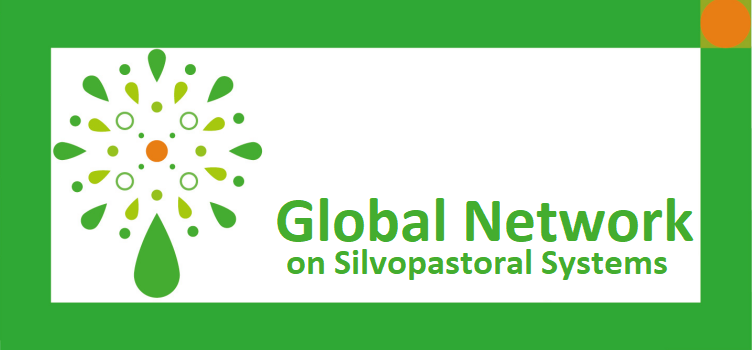
s
The Global Network on Silvopastoral Systems (GNSPS) is a multi-stakeholder partnership with the common aim of strengthening and scaling up of silvopastoral systems worldwide, specifically through the generation, exchange and dissemination of knowledge, the documentation of public policies and the facilitation of dialogue to address the challenges associated with sustainable development goals.
The GNSPS has the purpose to promote the strengthening and scaling up of SPS worldwide by creating a platform to facilitate the exchange of knowledge, best practices, and experiences related to the integration of livestock with trees and forests.
During the 5th MSP meeting of the Global Agenda for Sustainable Livestock (October 2014) in Cali, Colombia, one of the proposed actions was to create the Global Network on Silvopastoral Systems.
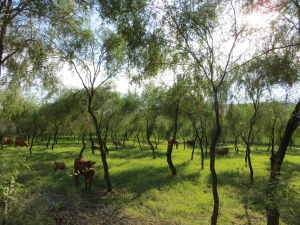
This action stems from the interest generated from advances in Colombia and other countries, utilizing different silvopastoral models combining pastures, trees, fodder shrubs, and cattle. CIPAV (Centre for Research on Sustainable Agricultural Production Systems) was delegated to construct a proposal for setting up and coordinating the Network, which will have a global reach in the future and permanent interaction with the Global Agenda.
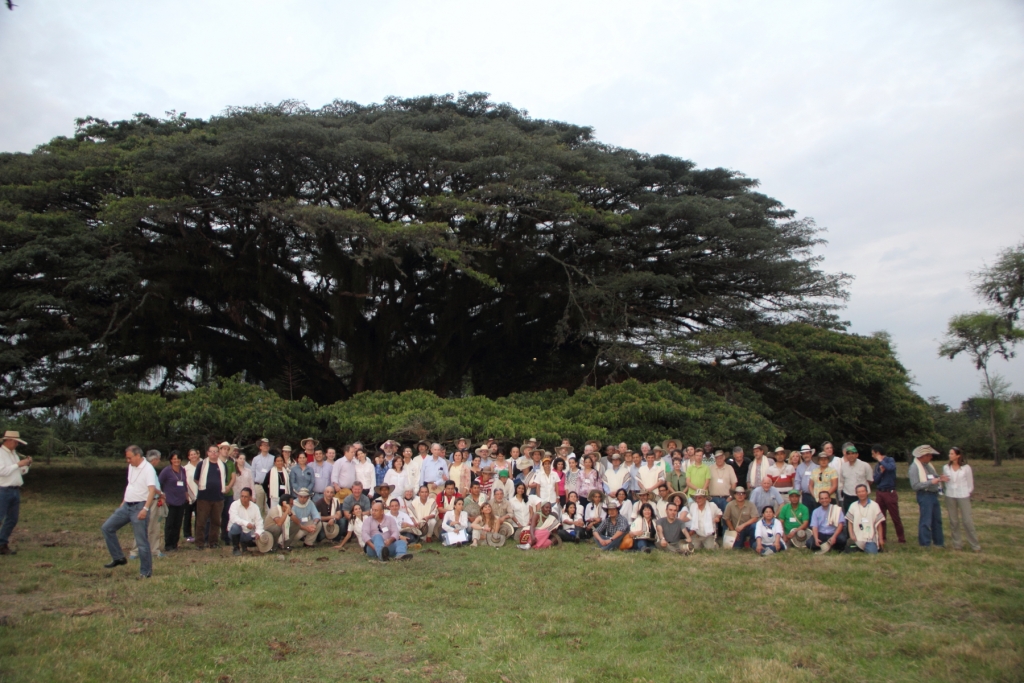
During the first phase, the activities were focused in generating a database of stakeholders, an inventory of SPS initiatives in Latin America and the Caribbean and in gathering information from stakeholders related to the main barriers to the further expansion of SPS in the region and about the role that the GNSPS should play to overcome those barriers and to promote SPS at a global level.
In a subsequent step the network expanded to gather members from Europe, North America with some members from Africa, Asia (India) and Oceania (Australia).
s
s
Objectives of the GNSPS
To promote the strengthening and scaling up of silvopastoral systems worldwide, wherever there are technical, economic, environmental, and cultural options for supporting livelihoods and business activities with sustainable livestock farming, specifically through the generation, exchange and dissemination of knowledge, the documentation of public policies in countries and/or sub-regions, and the facilitation of dialogue to address the challenges associated with climate change and the global market.

Role of the GNSPS
The main role of the Global Network on Silvopastoral Systems is to serve as a platform to facilitate the exchange of knowledge, best practices, and experiences related to the integration of livestock with trees and forests, as well as a bridge for communication between the different stakeholders involved in sustainable livestock farming.
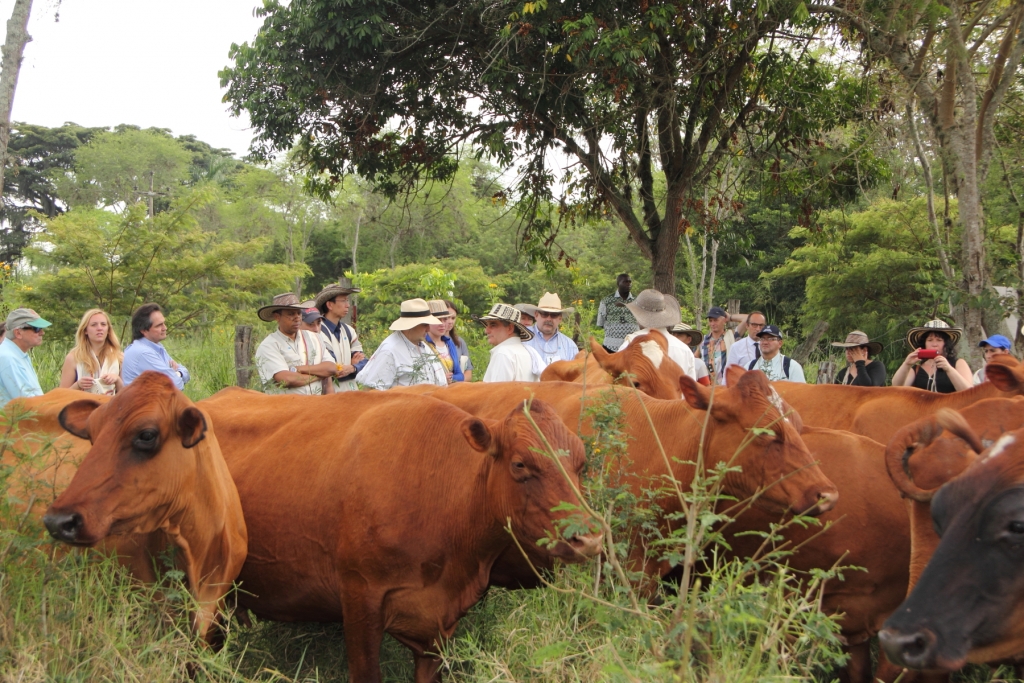
s
Long term Outcomes of the GNSPS
♣ Identify the relevant stakeholders and initiatives in silvopastoral systems at global level and the areas where there are demands for knowledge, advice or information about silvopastoral processes.
♣ Serve as a neutral forum to facilitate the exchange between strategic stakeholders in the silvopastoral field including lead producers, private companies, public policy makers, scientists and communicators to stimulate the local practice change in silvopastoral systems.
♣ Serve as a multi-stakeholder platform to find consensus in the methodologies of evaluation, transfer of information and development of policies to promote the scaling up of silvopastoral systems.
s
Niche of the Global Network SPS
In different sectors and regions, there is a consensus that silvopastoral systems (SPS) can overcome several problems of livestock production by reducing the impact on natural resources, increasing efficiency and profitability and improving animal welfare and, at the same time, contribute to the mitigation of and adaptation to climate change.
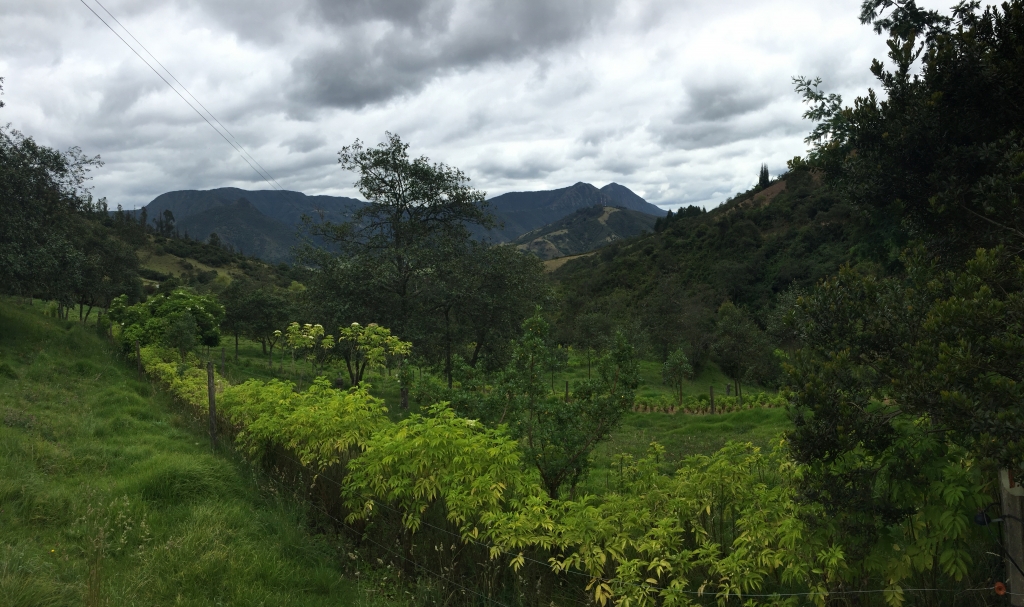 |
There are several initiatives aimed at the inclusion of the shrub and tree components in livestock systems through different strategies. On the other hand, there is a demand for systematic compilations and analysis of different production systems, related knowledge and experiences as well as information about successful examples. However, the information is scattered in different sectors such as forestry (wood, pulp and energy), grazing and pastoralism, agriculture and livestock systems. |
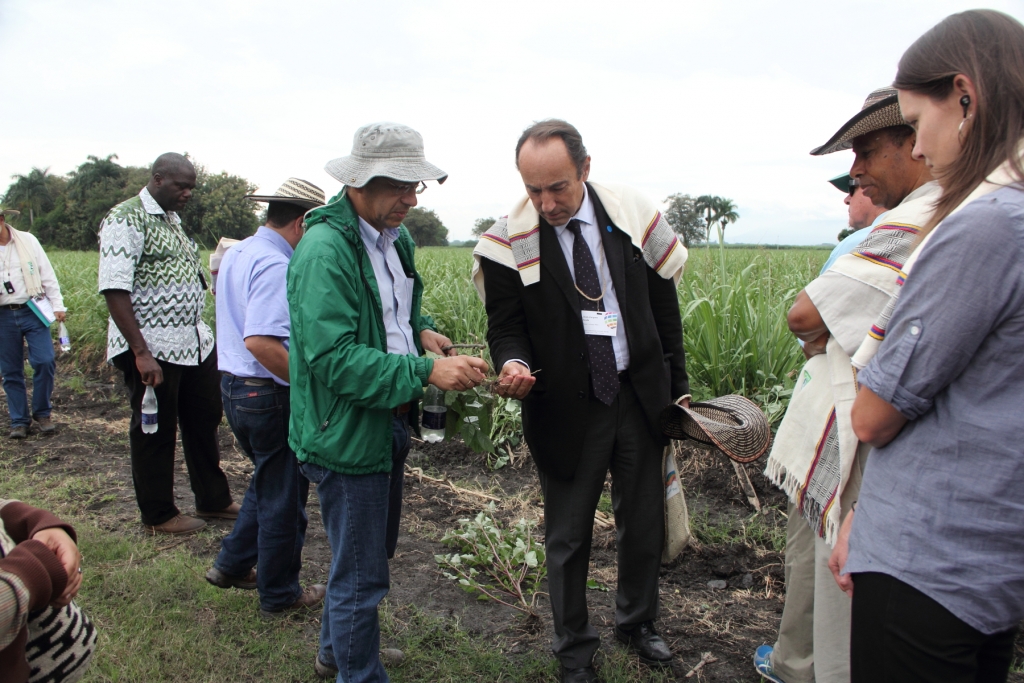 |
Therefore, there is a need to create interfaces that facilitate the contact between successful silvopastoral production systems and experiences around the world and between different disciplines and sectors, such as research, development and policy. The GNSPS is intended to serve as the platform to exchange that information and to promote silvopastoral systems in different regions and scales of production. |
